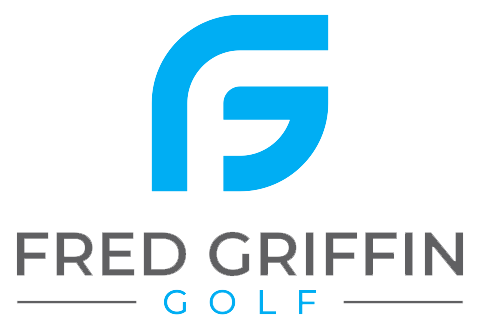Hitting longer drives is discussed frequently in golf articles, social media, television broadcasts and on most driving ranges. To provide context the average PGA Tour drive carries approximately 280 yards, and the average male golfer carries it approximately 225 yards. The average LPGA Tour drive carries approximately 225 yards, and the average female golfer carries it approximately 170 yards.
The link between driving the ball an extra 20 yards and its impact on approach shots is clear: closer proximity to the green, shorter clubs, and a better chance of hitting it. However, the relationship between clubhead speed and increased yardage in golf isn’t strictly linear and is dependent on many factors such as launch angle, spin rate, quality of contact, and swing mechanics, but a rough estimate suggests for every 1 mph increase in clubhead speed with a driver, a golfer might expect to gain approximately 2-3 yards in distance.
In every full swing lesson, I emphasize improving a student’s clubhead speed, viewing it as a significant indicator of swing efficiency. Interestingly, some students notice improved ball control with increased speed. While this post focuses on distance, a future one will explore enhanced ball control as distance increases. Additionally, I will stick to discussing the golfer, leaving equipment and fitness aspects for later, although they play critical roles.
In my teaching, three recurring themes emerge among students seeking more distance:
Set Up: Many place the ball too far back in their stance and grip the club excessively in their palm – a weakened position. A misplaced ball position limits the lower body’s power contribution. The weak palm grip requires an arm dominate swing to manipulate the squaring of the clubface.
Swing Time and Tempo: Time matters in the golf swing and without exception most students swing the club too slow. In fact, they will take as much time to produce the first third of the backswing as a professional will use to complete the entire swing. A slow, deliberate swing disrupts fluidity and natural swing flow. This results in a tendency to manipulate the club and the swing loses much-needed momentum. To gain distance, train with the intent to swing faster.
Transition: Mastering the transition is pivotal for increased distance. This phase is where the elite ball striker and the average golfer differ dramatically. The transition in the golf swing of elite players occurs from when the time the club is vertical in backswing and the top of the backswing and lasts approximately 0.1 seconds. It is an important part of the swing as it initiates the movement toward the target, loading and stretching the large segments of the body to generate great speeds in the smaller segments. The transfer of weight from your lower body toward the target provides a stable base for the unwinding of the upper body and ultimately the club. This effortless power is what allows golfers of moderate size and strength to hit the ball enormous distances. Once understood, any golfer with reasonable strength and coordination can be taught to incorporate the transition into their swing.
In the pursuit of longer drives, I have broken down three main concepts that in my experience really matter for distance off the tee. Emphasizing the relationship between clubhead speed and yardage gain, I highlight the significance of proper setup, swing tempo, and the often-overlooked transition phase in achieving greater distance. Understanding these three elements not only aids in hitting longer drives but also contributes to improved overall swing efficiency.
